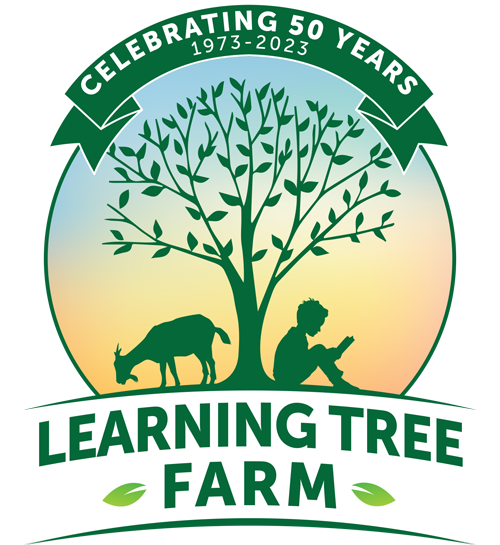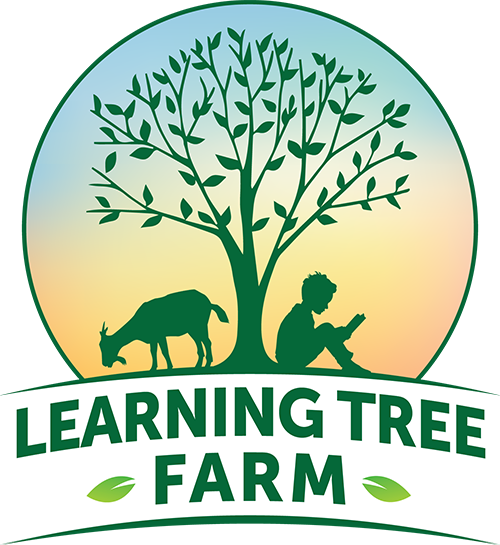The garden at our Nature Preschool became a certified Monarch Waystation this year. Through our pledge to “Create, Conserve, and Protect Monarch Habitats”, Learning Tree Farm hopes to support these beautiful butterflies that have suffered a population decline of approximately 90% in the last 20 years. We encourage everyone to consider adding a butterfly garden to increase the available habitat for these once common orange and black striped flyers.
Here at the farm, we expanded our nature preschool garden to include 15 milkweed plants to hopefully be host plants for monarch caterpillars and added additional flowering plants to be nectar sources for all adult butterflies. Milkweed is essential to the monarch caterpillar as it will only eat leaves from that specific family of plants. Mild toxins within the milkweed will protect the adult butterfly by making it distasteful to predators. Overall, an adult female will lay between 100 and 300 eggs but prefers to lay a single egg on an individual milkweed leaf. At the beginning of our new preschool year in August, we knew that adult monarchs thought our garden was perfect.
Our students observed the whole life cycle of a monarch butterfly right at our front door. We gently peered under leaves to find eggs and newly hatched caterpillars. We heard larger caterpillars chomping along leaf edges. We spied shiny green chrysalis, one under the mailbox and another on the bulletin board. We brought some caterpillars into our indoor classroom to learn more about butterfly metamorphosis. Within our caterpillar cage and garden, we saw these hungry, hungry caterpillars devour milkweed leaves down the stem, and then eat that too. One class had the opportunity to watch a caterpillar shed its skin and be a wiggly green chrysalis that then dried into a smooth jade shell. After spending two weeks in a chrysalis, we watched an adult butterfly emerge with folded wings and then take flight over the school.
Adult monarchs that emerge in the fall will live longer than the two generations before them. They have an amazing journey to complete before winter. Nearly all of the monarchs in the eastern United States will migrate to the mountains in central Mexico. We helped an ongoing research project through Monarch Watch at the University of Kansas, by placing an identification sticker on some of our released monarchs. If any of those butterflies are recovered, their identification number will mark them as originating at Learning Tree Farm, over 2,000 miles from the wintering site. Next spring, those monarchs will migrate north and hopefully find enough milkweed plants for their eggs.
~ Sarah Lamont, Nature Preschool Teacher
For more information:
http://blog.nwf.org/2017/02/new-numbers-show-monarch-butterfly-populations-still-in-trouble/

